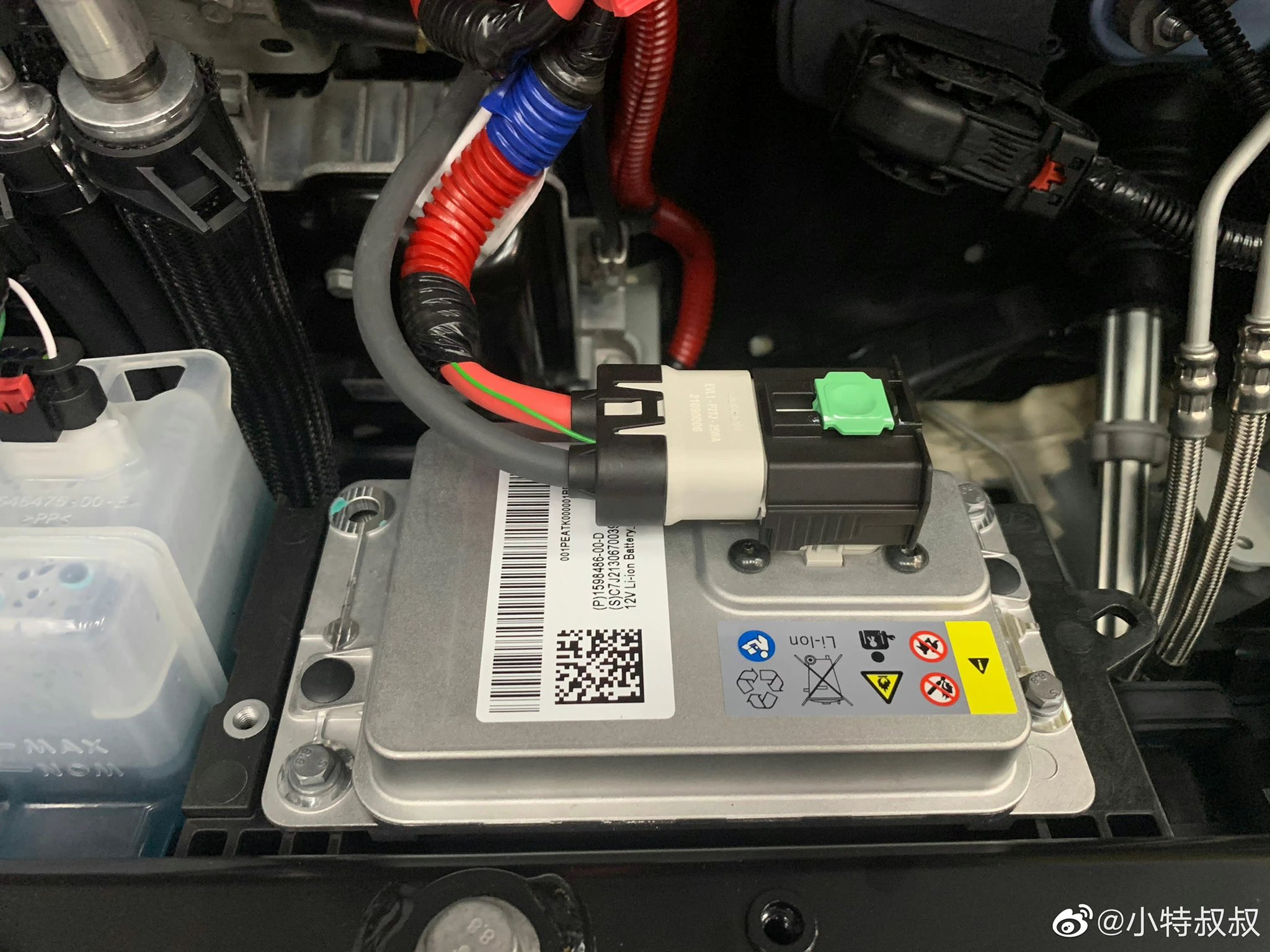According to reports yesterday, the Made In China Model Y has the 6.9 Ah 15.5 Volt lithium battery to replace the 12V lead-acid battery:
and are the same specs as the new Model S battery.
Previous rumors from July indicated that retrofits to existing Model Y owners would also be possible. But I haven't seen anything recently about this:
For backgrond, this page describes the new Model S battery:
I haven't been able to find any info on the connector itself. Is it just plus/minus or are there also signal/control pins as part of that new connector on the new low voltage battery. If the former, the retrofit for existing Model Y owners would be trivial.
For example, here are early photos of the new Model S battery. The two large cables are positive and negative. But what is that little green wire? If it is just case ground, then the retrofit for existing Model Y owners would still be trivial.

cite: https://twitter.com/JayinShanghai/status/1464575400684621826
Scott
--
MYLR | Red ext | White int | 19" | 5 seats | tow | no FSD | made/delivered Oct 2021
and are the same specs as the new Model S battery.
Previous rumors from July indicated that retrofits to existing Model Y owners would also be possible. But I haven't seen anything recently about this:
For backgrond, this page describes the new Model S battery:
I haven't been able to find any info on the connector itself. Is it just plus/minus or are there also signal/control pins as part of that new connector on the new low voltage battery. If the former, the retrofit for existing Model Y owners would be trivial.
For example, here are early photos of the new Model S battery. The two large cables are positive and negative. But what is that little green wire? If it is just case ground, then the retrofit for existing Model Y owners would still be trivial.

cite: https://twitter.com/JayinShanghai/status/1464575400684621826
Scott
--
MYLR | Red ext | White int | 19" | 5 seats | tow | no FSD | made/delivered Oct 2021
Last edited:


